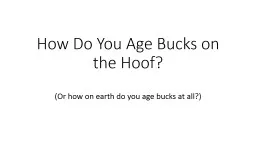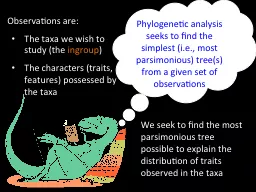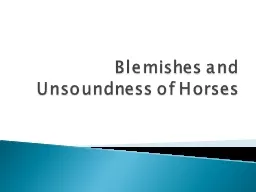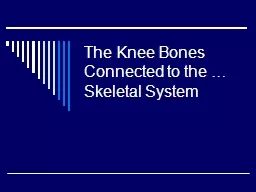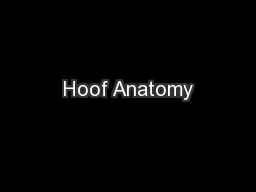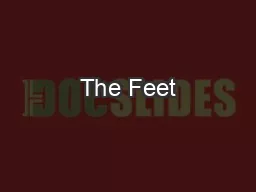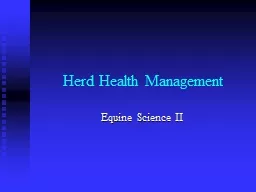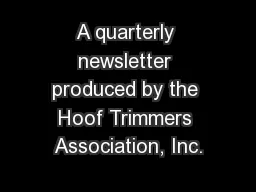PPT-How Do You Age Bucks on the Hoof?
Author : alexa-scheidler | Published Date : 2017-05-03
Or how on earth do you age bucks at all Aging Techniques Tooth Wear Aging Embraced by trained biologists Neither precise nor accurate Two demonstrated biases Tooth
Presentation Embed Code
Download Presentation
Download Presentation The PPT/PDF document "How Do You Age Bucks on the Hoof?" is the property of its rightful owner. Permission is granted to download and print the materials on this website for personal, non-commercial use only, and to display it on your personal computer provided you do not modify the materials and that you retain all copyright notices contained in the materials. By downloading content from our website, you accept the terms of this agreement.
How Do You Age Bucks on the Hoof?: Transcript
Download Rules Of Document
"How Do You Age Bucks on the Hoof?"The content belongs to its owner. You may download and print it for personal use, without modification, and keep all copyright notices. By downloading, you agree to these terms.
Related Documents

